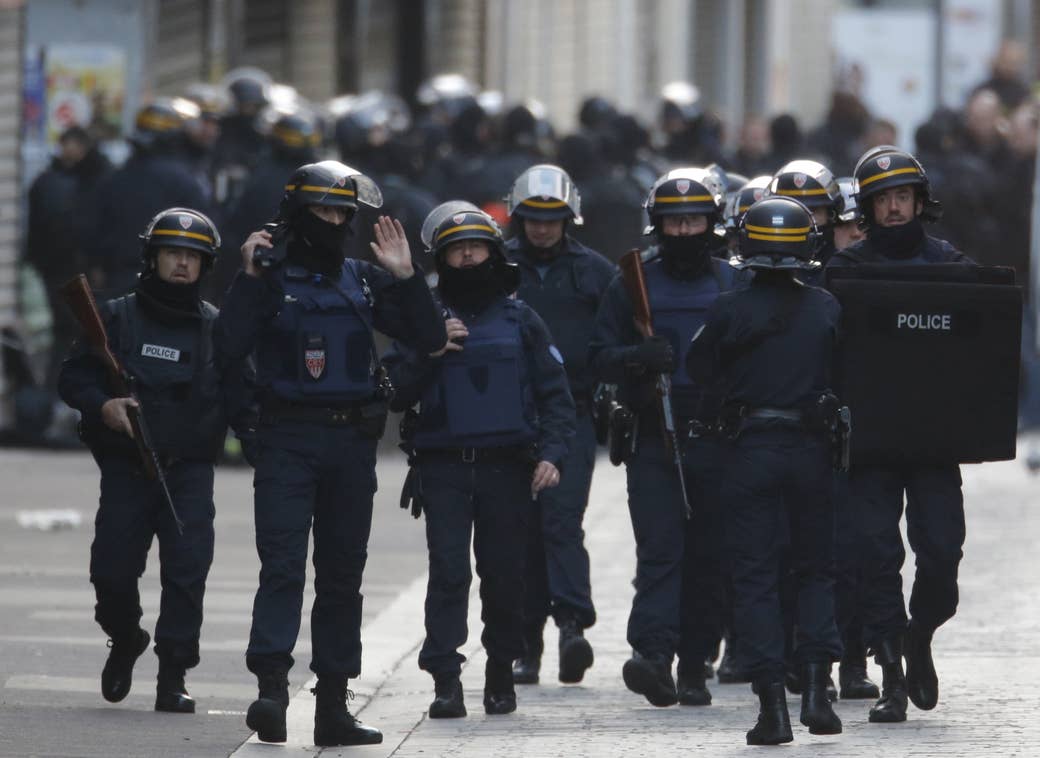
The men drove into Paris from Belgium in three rental cars, 10 minutes apart. After spending the night at a budget hotel, they headed to the Stade de France, the Bataclan theater, and a number of bars and restaurants.
Then, shortly after 9:30 p.m. local time on Friday, Nov. 13, one of them sent an ominous text message: “Here we go. We’ve started.”
By the end of the night, the men had killed 129 people and wounded more than 300. Seven of them were dead — some from police bullets, some after detonating suicide vests — and at least one had managed to escape.
But the attackers also left behind clues: cars, a GPS, knives, cell phones, explosives, syringes, pizza boxes, and Kalashnikov chargers.
Together, those objects told the story of a carefully plotted attack — and led police to a second team of alleged terrorists that, prosecutors said Wednesday, were getting ready for another strike.
On Wednesday, François Molins, the head prosecutor for Paris, walked reporters through a timeline of the events, from the moment the attackers arrived in France until the raid in Saint-Denis earlier that morning that “neutralized” a second terrorist cell that “could have well become operational.”
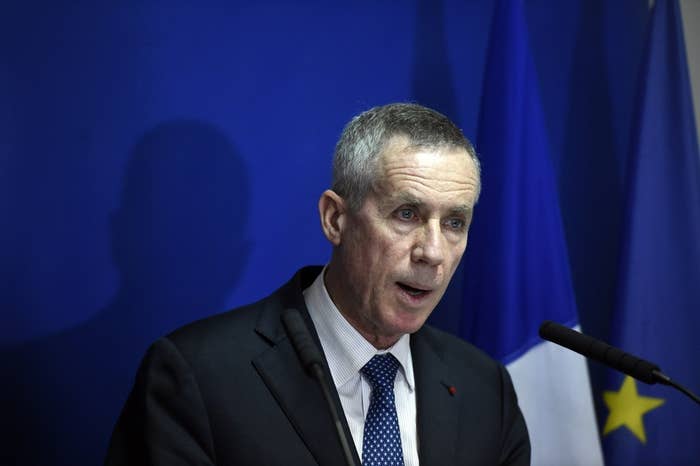
Molins said some of the attackers came to Paris from Belgium on Nov. 12, the day before the attack, communicating via text message the whole time. They used three cars — a Volkswagen Polo, a Renault Clio, and a Seat —all of them rented by a pair of brothers living in Brussels: Ibrahim and Salah Abdeslam.
Other members, however, appear to have been in France since earlier that week. They stayed in inconspicuous locations — a budget hotel and houses in the unfashionable suburbs of Paris.
Salah Abdselam, the only suspect who authorities acknowledge is still on the run, rented two rooms for four people in a budget hotel in the Alfortville suburb, Molins said. His brother, Ibrahim, rented a house in the Bobigny suburb.
In the hotel rooms where Abdeslam and his three companions stayed, staff told BuzzFeed News they found empty pizza boxes and several open packages of syringes. Local media reported that the men may have used the syringes to build the suicide vests they would later detonate during the attack.
On the night of the attack, the terrorists separated into three groups. Three of them boarded the Polo and headed to the Bataclan concert hall in the 11th arrondissement. Others got in the Seat and headed to the 10th arrondissement’s busy bars. Three more headed to the Stade de France, in Saint-Denis, where the French and German national teams were scheduled to play a friendly match.
Then, around 9:20 p.m., one of the attackers tried to enter the stadium through Gate D, but was stopped when guards discovered his suicide belt, the Wall Street Journal reported. He then detonated the explosives, which had been laced with bolts “to worsen the blast,” Molins said. The attacker died and also killed one person standing nearby.
The explosion could be heard inside the stadium. The game went on, despite a short roar from spectators, as some players briefly stopped to look for the source of the blast.
Five minutes later and seven miles away, the assailants driving the black Seat opened fire on the terrace of a bar called Le Carillon in the 10th arrondissement near the Canal Saint-Martin. They shot hundreds of Kalashnikov rounds, then turned around and shot at Le Petit Cambodge, a Cambodian restaurant across the street. In total, they killed 15 and critically wounded 10 people.
Back at the Stade de France, at 9:30 p.m., a second suicide bomber detonated his explosives near Gate H of the arena. He was unable to kill anyone other than himself.
Meanwhile, the group in the Seat continued its rampage, firing at least 100 rounds at La Bonne Bière, a bar on the rue de la Fontaine-au-Roi, killing five and seriously injuring eight. Minutes later, they killed 19 diners at La Belle Équipe, a restaurant on the rue de Charonne, some 1.5 miles from Le Carillon.
The attackers in the Seat went on to the Comptoir Voltaire bar, less than a mile away. There, one of the attackers detonated a suicide vest identical to those used in the stadium. He was only able to seriously injure one person.
Then, at 9:40 p.m., the group in the Volkswagen Polo stormed the Bataclan concert venue, where the Eagles of Death Metal, an American rock band, was half an hour into its set. Witnesses said the three killers entered through the main door and began shooting.
“I was in the mosh pit when I suddenly heard a series of bangs, like firecrackers,” Fahmi, a 23-year-old Turkish tourist who asked to be identified only by his first name, told Libération. “At first, I thought it was part of the show — but then I looked up and saw that a woman had been shot in the eye. She stood up and then collapsed.”
After the initial assault, witnesses said, the terrorists worked their way through the venue, searching for survivors to kill. They then took whomever was left in the building hostage.
Pierre Janaszak, a 35-year-old TV host who survived the attack, said the gunmen made political statements.
“I clearly heard them say to the hostages, ‘It’s Hollande’s fault, it’s your president’s fault, he shouldn’t have intervened in Syria,’” Janaszak told Agence France-Presse. “They also talked about Iraq.”
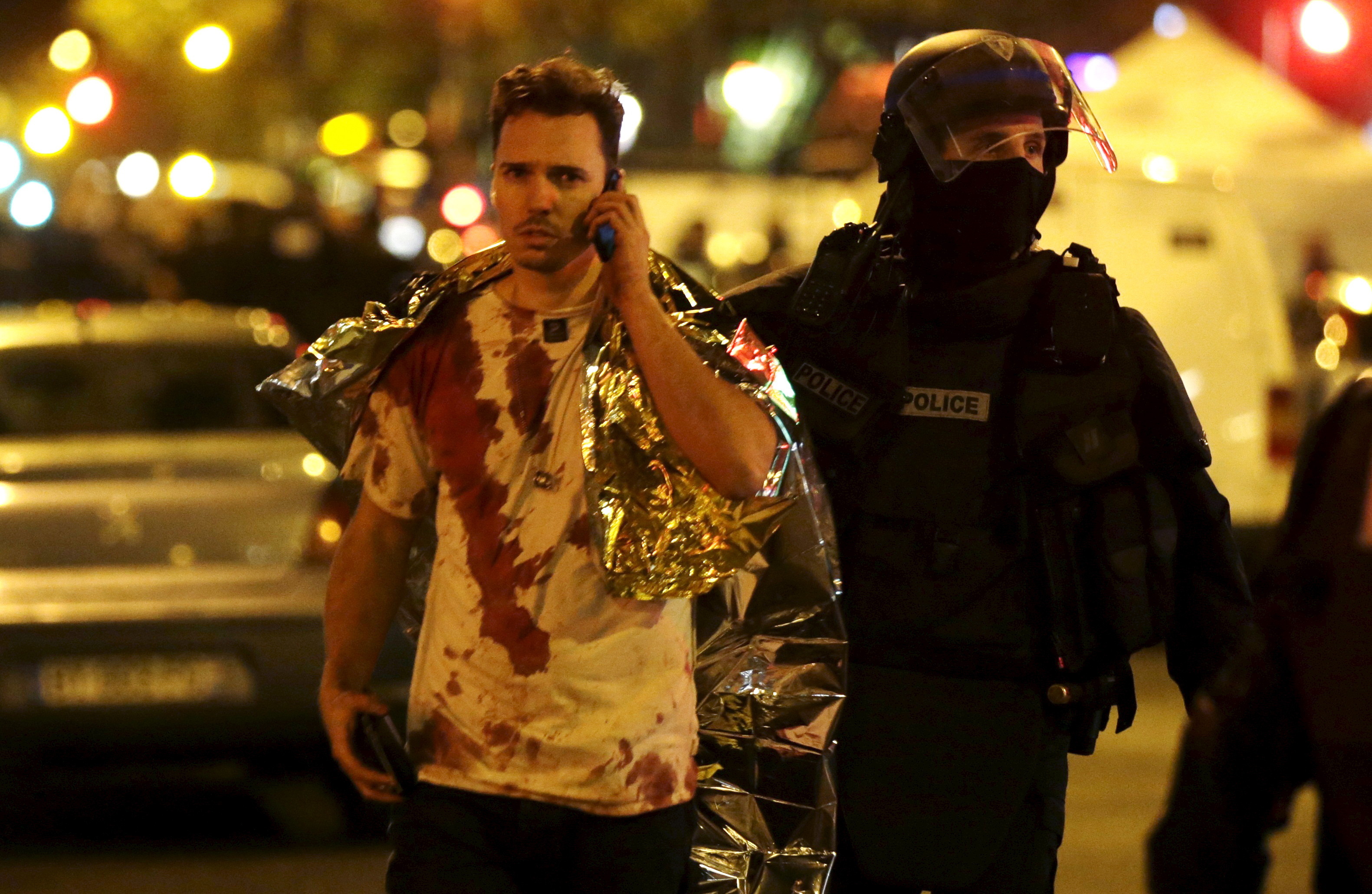
Meanwhile, at around 9:53 p.m. at the Stade de France, the third and last suicide bomber detonated his vest, but was unable to kill anyone.
Elite units from the French police formed a perimeter around the Bataclan, and a tense two-hour standoff ensued. During that time, gunmen appear to have continued to kill hostages — witnesses told several outlets that gunshots could be periodically heard inside the concert hall.
Around 12:20 a.m., the Brigade de Recherche et d'Intervention, an elite police unit known as the BIR, stormed the theater.
"We took position at the entrance of the theater," the BIR captain who led the assault told NBC News. "And then we discovered hell on earth. I mean, more than maybe 700 or 800 people were laying on the floor."
The scene was eerily silent and well lit, the BIR captain said, because every single light in the theater was on. The bright spotlights revealed "tons of blood everywhere," but nobody was screaming.
The terrorists then began shooting at the police, hitting their bulletproof shield 20 or 30 times.
"Immediately, a guy in the middle of the group got hit in the hand," the BIR captain said of one of his officers. "He fell down because of the pain. But we cannot take care of him. Before, when we prepared the assault, we said, 'OK, if one of us gets wounded of something, nobody stop. We still going."
After a prolonged gun battle, the officers killed two of the three assailants. The other one killed himself with a suicide vest. Authorities discovered 89 bodies inside the theater, as well as many more injured.
The next morning, Molins said Wednesday, police began investigating the crime scenes. They were soon able to identify six of the eight attackers. They collected hundreds and hundreds of 7.62-millimeter rounds — the kind used by Kalashnikov rifles. They found the cell phone with the ominous text message in a trash can outside the Bataclan.
At the stadium, they recovered detonators and piles of bolts designed to increase the damage of the explosion.
They also located the cars. In one of them, police found three Kalashnikovs, five full chargers and 11 empty ones, three knives, and the fingerprints of Ibrahim Abdeslam. Officers traced the attackers back to the safe houses.
And then they realized that one of the attackers was missing.
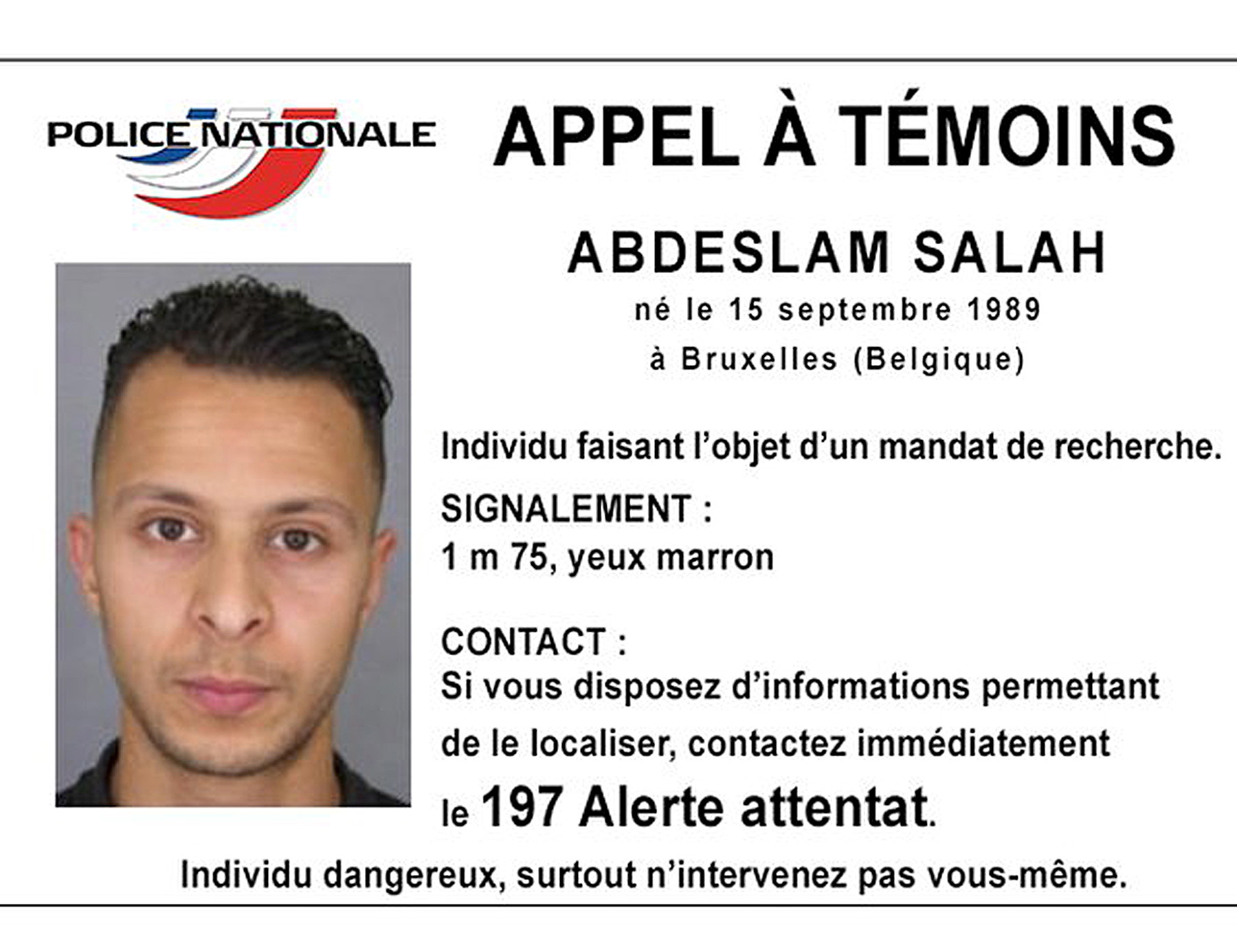
The authorities quickly put out a wanted poster for Salah Abdeslam. Later, Molins said, police learned he had traveled back to Belgium in a Volkswagen Golf with two other men. The car was actually stopped on Saturday in Cambrai, a town near the border with Belgium.
“At the time, Salah Abdeslam’s name wasn’t known to be implicated in the attacks,” the prosecutor said at Wednesday’s press conference. It appears Salah Abdeslam’s name was then known by the Belgian services, but not yet by the French authorities.
Police later apprehended the two men who were with Abdeslam when the car was stopped, as well as the suspected terrorist’s brother, Mohamed, who was eventually released without charges.
Abdeslam, however, remains on the run and is now the most wanted man in Europe.
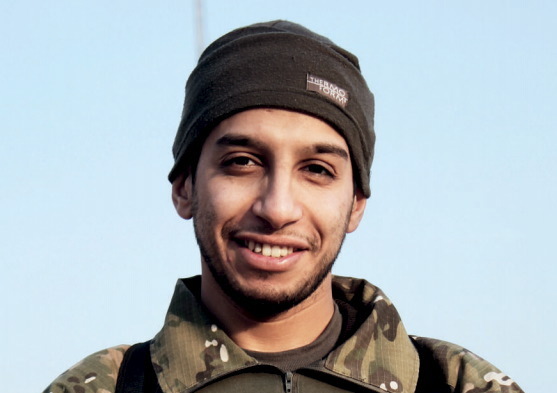
Meanwhile, in Paris, investigators began receiving tips that Abdelhamid Abaaoud, a Belgian jihadi affiliated with ISIS who was known to have recently returned to Europe after fighting in Syria, was hiding in Saint-Denis. Molins said the tip triggered a frantic investigation to see if there was any credibility to the the report.
Abaaoud had been known to have coordinated several attacks in Europe. He could well be one of the main leaders behind the Paris strike.
Eventually, Molins said, the investigation led police to a building on the rue Corbillon, just a few miles away from the Stade de France. At 4:00 a.m. on Wednesday, elite and heavily armed police units surrounded the building.
But when they tried to storm the target apartment, they discovered its inhabitants had what Molins called “a veritable arsenal.” Hiding behind a “reinforced door,” the suspects returned fire. A full-fledged gun battle broke out, with witnesses describing the terror of waking up before dawn to the sound of gunfire and explosions.
A woman was seen standing by a window and calling for help before detonating a suicide vest, witnesses told BuzzFeed News. A man died after being hit by a grenade.
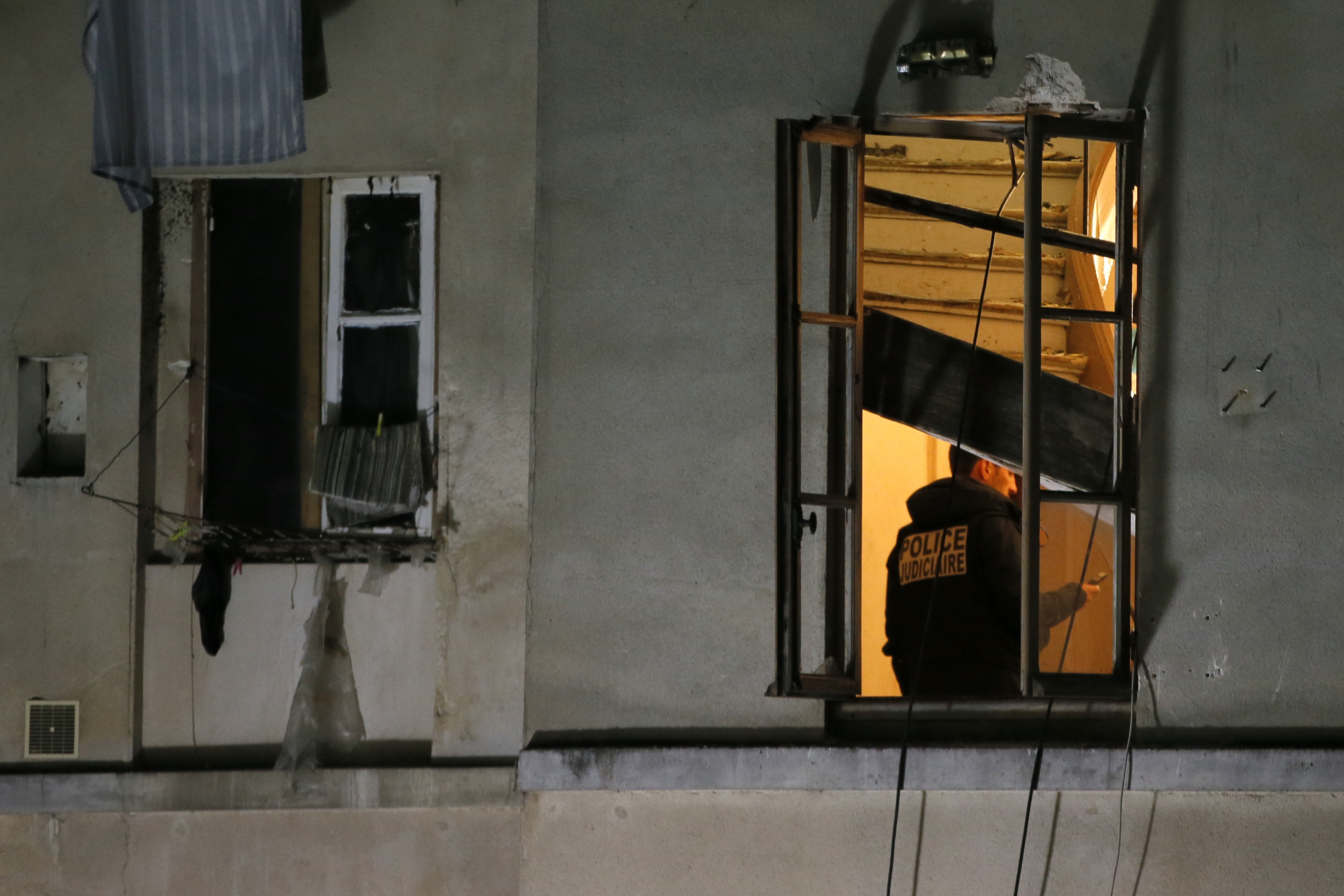
The raid lasted until 11:30 a.m. Molins said police arrested a total of eight people — seven men and one women — but he declined to name them. He also said he couldn’t give an exact number of casualties, but said Abaaoud had been among those killed. He added that five police officers were injured and one police dog had been killed.
Abdselam, however, remains on the run.
In total, the prosecutor said, some 5,000 rounds of ammunition were fired by the police during the raid. The apartment building was left partially collapsed.
The prosecutor insisted that the large arsenal found in the apartment suggested that the group of terrorists were planning a second attack.
"Everything seems to indicate," Molins said, "that the group was getting ready to act."
